The Enduring Mystique of Half-Life 2’s G-Man
The Inexplicable Allure of G-Man
In the realm of video games, certain characters transcend their roles to become enigmatic symbols of allure and intrigue. The G-Man from Valve Corporation’s seminal game, Half-Life 2, epitomizes this phenomenon. His cryptic presence and ethereality contribute significantly to the mystique surrounding Half-Life 2. Understanding the nuances of this character not only deepens appreciation for the game but also exemplifies how character design and storytelling can reach near-mythical status in modern video games.
Character Design and Presentation
A major component of G-Man’s mystique lies in his distinct character design and presentation. Visually, he is purposefully crafted to be unsettling, resembling a peculiar middle-aged man in a standard business suit, presenting an almost human-like quality offset by certain anomalies. His ill-fitting suit, prominently blue eyes, and expressionless visage give off an air of the uncanny valley – familiar yet inexplicably alien. The addition of tightly combed hair and his briefcase reinforce a government or corporate archetype, yet deviate enough to remain outside definable bounds.
Auditorily, G-Man is known for his characteristic vocal distortions. Voiced by Michael Shapiro, G-Man’s articulation is marked by fluctuating pitch and unusual cadence, creating a disturbing and memorable auditory signature. The speech patterns are deliberate, with pronounced pauses and stress on syllables that shouldn’t hold weight, embedding a level of disquieting surrealism to his dialogues. This combination of visual and audio eeriness ensures that whenever G-Man makes an appearance, he leaves a significant impact on the player.
Role in Storytelling and Atmosphere
G-Man is integral to the narrative structure of Half-Life 2, embodying an omnipresent yet elusive puppet master. His appearances bookend major sections of the game, acting as both an instigator and observer of events. These appearances allow the G-Man to function as a storytelling device that elevates the plot’s atmosphere and complexity.
One of the G-Man’s most compelling aspects is his manipulation of time and reality. Often appearing when Gordon Freeman, the game’s protagonist, is in stasis or transition between pivotal moments, G-Man’s presence suggests manipulation of events beyond human comprehension. For players, this manipulation imbues the narrative with surrealism and tension. It effectively tailor-fits the narrative, suggesting G-Man’s puppet-like control over time and Freeman’s actions.
Symbolism and Interpretation
Theories and interpretations of who or what the G-Man represents are diverse and plentiful, reflecting his multifaceted portrayal. Some fans hypothesize that G-Man is a representation of the cold war-era bureaucrat, while others see him as an allegory for corporate control or government conspiracy. Diverse interpretations enhance the enigmatic nature of G-Man, beckoning players to contemplate his true purpose and influence.
Another layer of complexity comes from G-Man’s interactions with Freeman and other characters within the Half-Life universe. The transactional nature of these interactions, where G-Man offers seemingly insurmountable assistance in return for unspecified future compliance, fits neatly into a Faustian narrative. The idea of a character indebted to an omnipotent entity raises ethical and philosophical questions about autonomy and control that resonate beyond the gaming sphere.
Community and Cultural Impact
G-Man’s mystique has cemented him as a cultural icon within the gaming community and beyond. Various fan theories and dedicated forums dissect his every move and influence, with discussions ranging from plausible to wildly speculative. Through fan art, cosplay, and internet memes, the community continues to sustain and evolve G-Man’s character. This collective engagement exemplifies the character’s significant cultural imprint.
Moreover, in terms of cultural impact, G-Man has influenced how video game narratives can be formed around mystery and open interpretation. The allure of such a character encourages deeper exploration of game lore, inspiring other game developers to craft similarly complex and elusively captivating characters. G-Man stands as a testament to effective character design and storytelling, illustrating how an enigmatic figure can maintain relevance long after the game’s initial release.
Narrative Legacy and Influence on Future Media
The legacy of G-Man and his impressions on contemporary storytelling shouldn’t be underestimated. His embodiment of mystery and manipulation continues to permeate across various storytelling media, influencing the creation of nuanced characters that hide behind shadows and veils of uncertainty. Many creators draw upon this archetype of the hidden manipulator to craft narratives that keep audiences engaged and theorizing.
Video games and narrative-focused media benefit from adopting elements of G-Man’s narrative role, especially in enhancing engagement through mystery and interpretation. From film to literature, the G-Man archetype showcases the power of subtlety and enigma in character developments and narrative unfolding.
In the narrative landscape, G-Man’s impact also places heavy emphasis on non-verbal storytelling and character expression. G-Man’s effectiveness lies not just in what he says or does but in what he implies and represents. Contemporary games now frequently adopt and adapt these principles of cryptic character design, ensuring G-Man’s mark is felt well beyond the confines of the Half-Life series.
Through ingenious character design and narrative functionality, G-Man remains an enduring symbol of intrigue within Half-Life 2. The combination of his beguiling presentation, enigmatic role, symbolic depth, cultural footprint, and narrative legacy fosters a mystique that continues to captivate and inspire. The G-Man, an extraordinary blend of style and storytelling, stands eternally as a paragon of gaming narrative excellence.
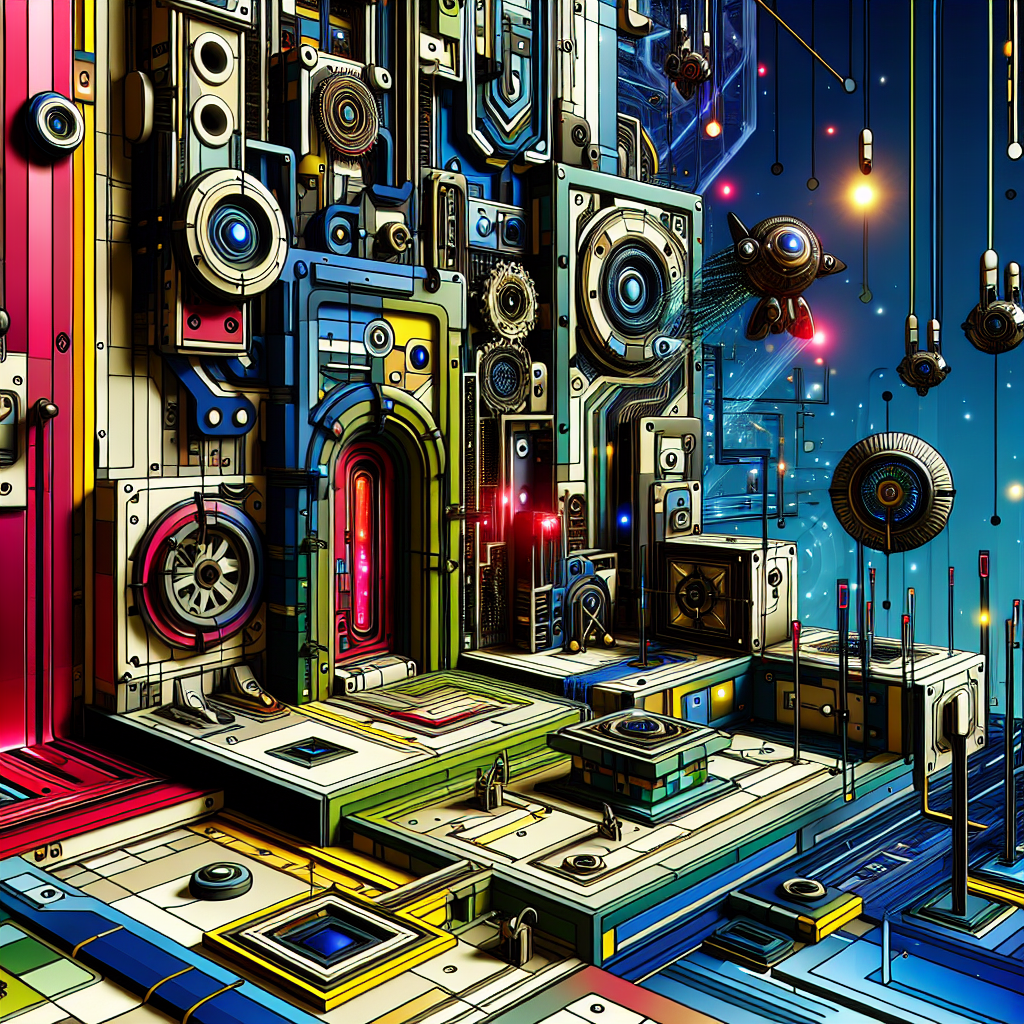
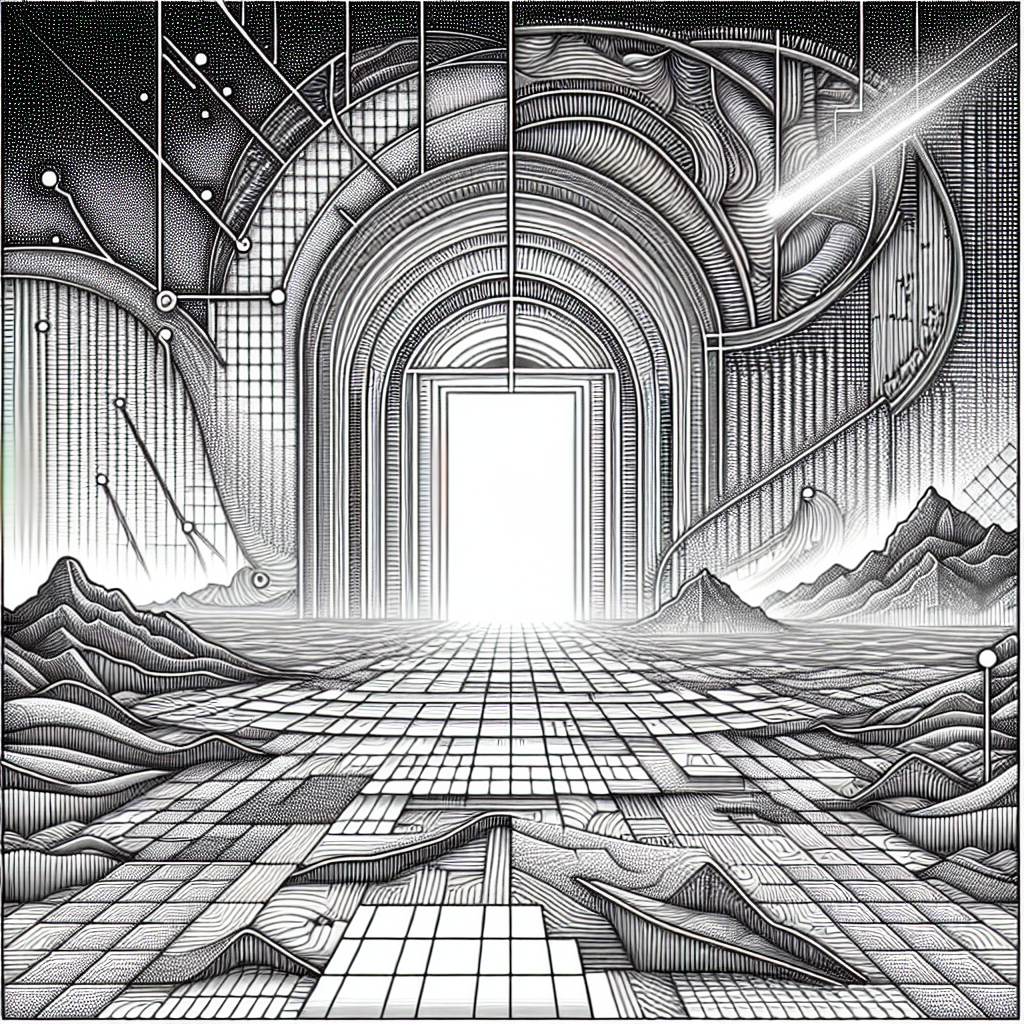

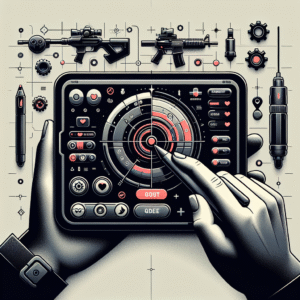
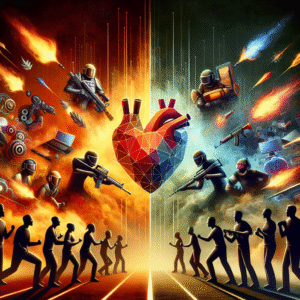




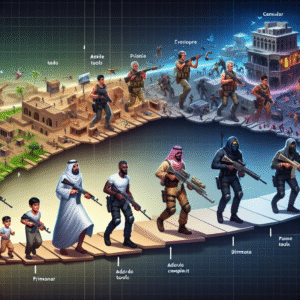
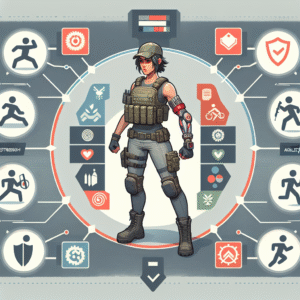
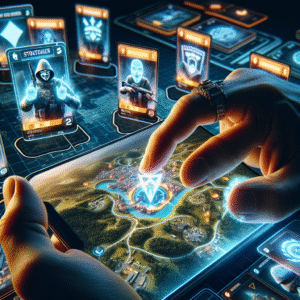
Post Comment